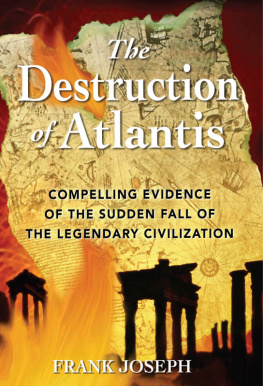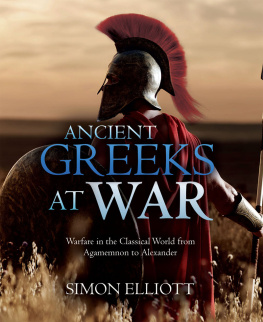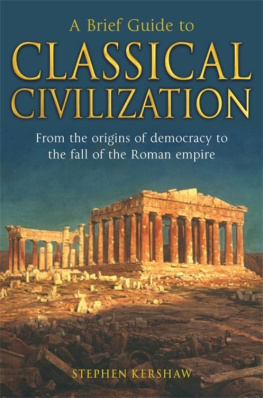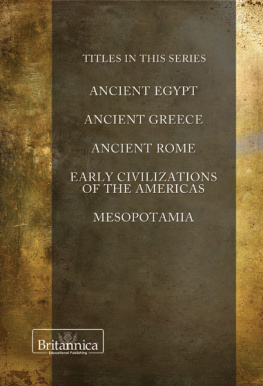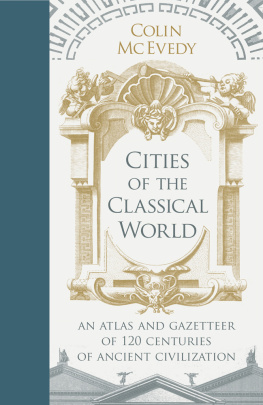
DOVER BOOKS ON HISTORY, POLITICAL AND SOCIAL SCIENCE
THE POLITICAL THOUGHT OF PLATO AND ARISTOTLE, E. Barker. (0-486-20521-5)
WHATS WRONG WITH THE WORLD, G. K. Chesterton. (0-486-45427-4)
THE RIVER WAR: AN ACCOUNT OF THE RECONQUEST OF THE SUDAN, Winston Churchill. (0-486-44785-5)
THE WORLDS Great SPEECHES: FOURTH ENLARGED (1999) EDITION, Edited by Lewis Copeland, Lawrence W. Lamm, and Stephen J. McKenna. (0-486-40903-1)
THE MEDIEVAL VILLAGE, G. G. Coulton. (0-486-26002-X)
IRISH FAIRY LEGENDS, T. Crofton Croker. (0-486-46814-3)
THE BOOK OF GREEN QUOTATIONS, Edited by James Daley. (0-486-46781-3)
THE NIGHTLESS CITY: GEISHA AND COURTESAN LIFE IN OLD TOKYO, J. E. de Becker. (0-486-45563-7)
SCOTTISH FAIRY AND FOLK TALES, George Douglas. (0-486-41140-0)
THE GOLDEN BOUGH, Sir James Frazer. (0-486-42492-8)
CHINA: A HISTORY OF THE LAWS, MANNERS AND CUSTOMS OF THE PEOPLE, John Henry Gray. (0-486-42487-1)
FROM MEDICINE MAN TO DOCTOR: THE STORY OF THE SCIENCE OF HEALING, Howard W. Haggard. (0-486-43541-5)
THE HISTORY OF TATTOOING, Wilfrid Dyson Hambly. (0-486-46812-7)
ON RELIGION. Karl Marx and Friedrich Engels. (0-486-45450-9)
THE LONDON UNDERWORLD IN THE VICTORIAN PERIOD: AUTHENTIC FIRST-PERSON ACCOUNTS BY BEGGARS, THIEVES AND PROSTITUTES, Henry Mayhew and Others. (0-486-44006-0)
HANDBOOK OF WORLD MYTHOLOGY, Alexander S. Murray. Notes, Revisions and Additions by William H. Klapp. (0-486-44374-4)
MOHAMMED AND CHARLEMAGNE, Henri Pirenne. (0-486-42011-6)
THE FOREST IN FOLKLORE AND MYTHOLOGY, Alexander Porteous. (0-486-42010-8)
THE PROSE EDDA: TALES FROM NORSE MYTHOLOGY, Snorri Sturluson. Translated by Arthur Gilchrist Brodeur. (0-486-45151-8)
THE ANNALS, Tacitus. Translated by Alfred John Church and William Jackson Brodribb. (0-486-45236-0)
See every Dover book in print at
www.doverpublications.com
Bibliographical Note
This Dover edition, first published in 2001, is an unabridged republication of the English translation, originally published by Routledge and Kegan Paul and Vallentine, Mitchell & Co., Ltd., London, in 1960. The book was first published in Italy as Il Profilo Dell Oriente Mediterraneo by Edizioni Radio Italiana. The original foldout map has been reduced in size and appears here as the frontispiece on a double-page spread.
Library of Congress Cataloging-in-Publication Data
Moscati, Sabatino.
[Profilo dellOriente mediterraneo. English]
The face of the Ancient Orient : Near Eastern civilization in pre-classical times / Sabatino Moscati. p. cm.
Translated from the Italian original.
Originally published: London: Routledge and Paul, 1960.
Includes bibliographical references and index.
9780486147697
1. Middle EastCivilizationTo 622. I. Title.
DS57 .M6713 2001
939.4dc21
2001028851
Manufactured in the United States by Courier Corporation
41952502
www.doverpublications.com
To
PROFESSOR JACK FINEGAN
and to my American students
in grateful remembrance
The Publishers desire to express their grateful thanks to Sir Maurice Bloch and the University of Glasgow for their assistance in making the publication of this edition possible.
FOREWORD
T HIS book had its genesis in 1955. Of late years the extensive archaeological discoveries made in the Near East had acquired an importance that extended far beyond specialist circles, in my country as elsewhere. Historians, men of letters, philosophers, and people of education generally had all come to realize the need for more direct and up-to-date acquaintance with this cultural sphere, because of the contributions it could offer to their own culture. The organizers of the Scientific Programme of the Italian Radio sought to meet this need by asking me to give a course of lectures aiming at the presentation of a complete, although summary, account of the civilizations of the ancient Orient.
The planning of this course called for a great deal of thought. Needless to say, one could have confined it to a summary of the outstanding events of political and cultural history; but this would have taken more time than had been allotted to the series. Nor was there much point in such an approach, since a number of books on the subject already existed. Moreover, I have never been greatly interested in exposition as such, whereas I am strongly attracted by the tasks involved in assessing a cultural epoch as a whole. For this reason I chose a more difficult and more risky approach, one not previously tried: namely, of attempting a comparative study of the essential and characteristic features of the ancient Oriental civilizations.
How was such a project to be carried through? To begin with, it was necessary to define the spatial and temporal limits of the subject. Then its outstanding historical personages had to be identified, and the distinctive cultural genres and attitudes successively reviewed. Thus I would be dealing not with history, but with the historical outlines; not with religion, but with the religious structure; not with literature, but with the literary genres; not with art, but with the artistic types. Finally, it would be necessary to draw together the threads, to gather up the results of the investigation in a synthesis which alone could give them meaning and coherence.
The next problem was that of the material; in other words, the objective content of the history and the culture. Systematic exposition was out of the question, for the reasons already given. On the other hand one could not omit the material altogether, or take it for granted, for that would have involved continual references to source material, making the course extremely difficult to follow, and so frustrating its object. I adopted the principle of treating the material as typifying ideas, expounding it extensively within the framework of my general assessment as its justification, but not aiming to present it fully. For example, the Egyptian historical romance could be dealt with by way of a description of the Sinuhe tale, without analysing all the other material available. Thus the picture would acquire organic form without being in the least exhaustive.
Finally, I could not help thinking that all too often in our presentation of the ancient cultures the frame is more conspicuous than the picture. Since we are describing literary works, why not give actual quotations from them? We draw upon the judgements of other scholars, so why not quote their very words? And when lectures are published in book form, why not reproduce works of art? Such a method would convey some idea of the actual life of the cultures under discussion.
My lectures, as I gratefully recall, aroused a lively interest in my listeners; and this book owes its origin to that interest. But only its origin; for, as is only right for a printed work, the subject matter has been recast, and appropriate modifications and additions and annotations have been included. But I have left intact its essential character: namely, that of a panoramic survey of the ancient Oriental civilizations, or rather, of the ancient Orient as a whole: a survey which any member of the educated public can read, but which embodies a number of personal judgements which will, I hope, be of interest to specialists. I trust reviewers and readers will demand neither more nor less of this book. I neither wanted, nor was I able, to avoid schematic treatments or subjective interpretations. But have I accentuated the right essential features? Have I emphasized the right values? And are my judgements, is even the outline of what has not been outlined before, correct? I think these are the fundamental problems.







